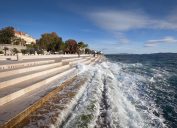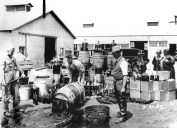The Most Famous Shipwrecks Still Waiting to Be Discovered
One of these ships has an estimated $2.6 billion in treasure!
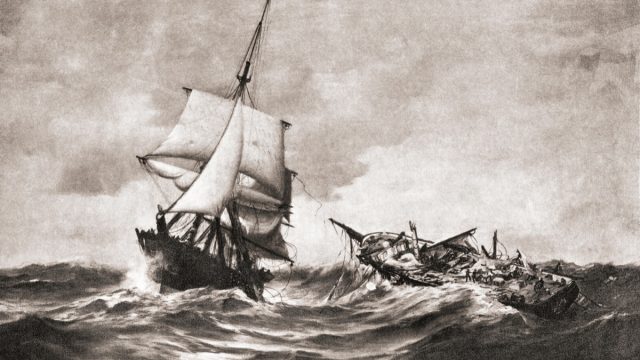
Shipwrecks are the stuff of movie magic. Nothing makes for better blockbuster fodder than a giant glamorous vessel crashing into an iceberg and sinking to the bottom of the ocean—just ask James Cameron. However, these incidents on the high seas are just as much fact as they are fiction. And while technological advancements and the concerted efforts of treasure hunters have led to the discovery of many of the greatest ships lost at sea (the Titanic included!), there are still dozens out there. From Christopher Columbus' Santa Maria to "Australia's Titanic," here are some of the most famous shipwrecks that have yet to be discovered.
1
The Santa Maria (1492)
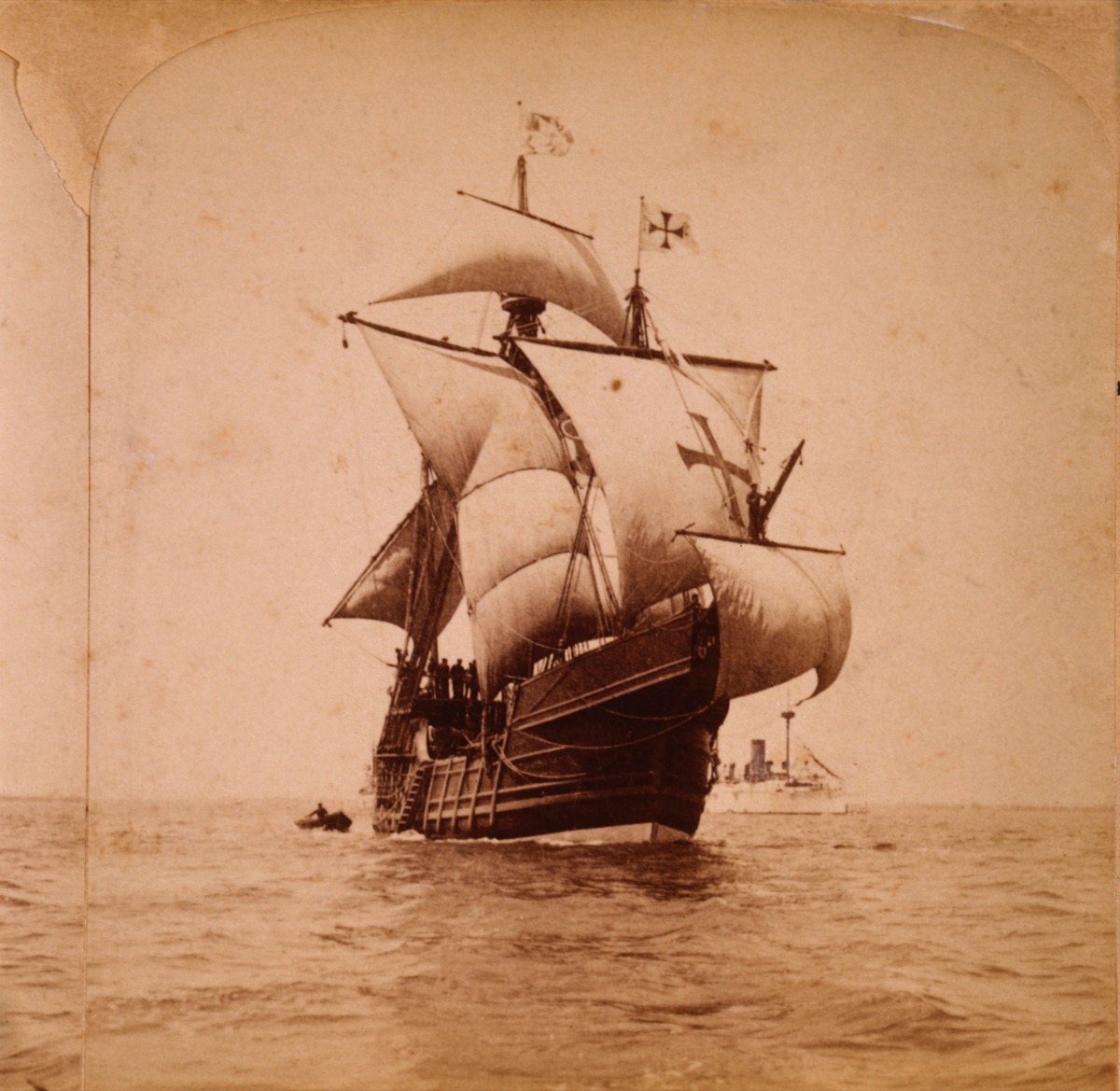
Anyone with a passing knowledge of North American history is familiar with this vessel, one of the trio of ships (along with the Niña and the Pinta) that sailed with Christopher Columbus on his way to the New World. While all three made it safely to the Americas, after declaring the entire place the property of Spain, Columbus set out on a search for gold, spices, and other valuables on the Santa Maria.
The story goes that on Christmas Eve 1492, the explorer went to bed and left a cabin boy in charge of steering the ship. The Santa Maria ran aground in present-day Haiti and Columbus determined it was beyond repair. The ship remains undiscovered, and while an archeological explorer claimed to have found it in 2014, experts concluded it could not have been the famous ship. The vessel and its invaluable historic riches remain lost to the sea.
2
The Endurance (1915)
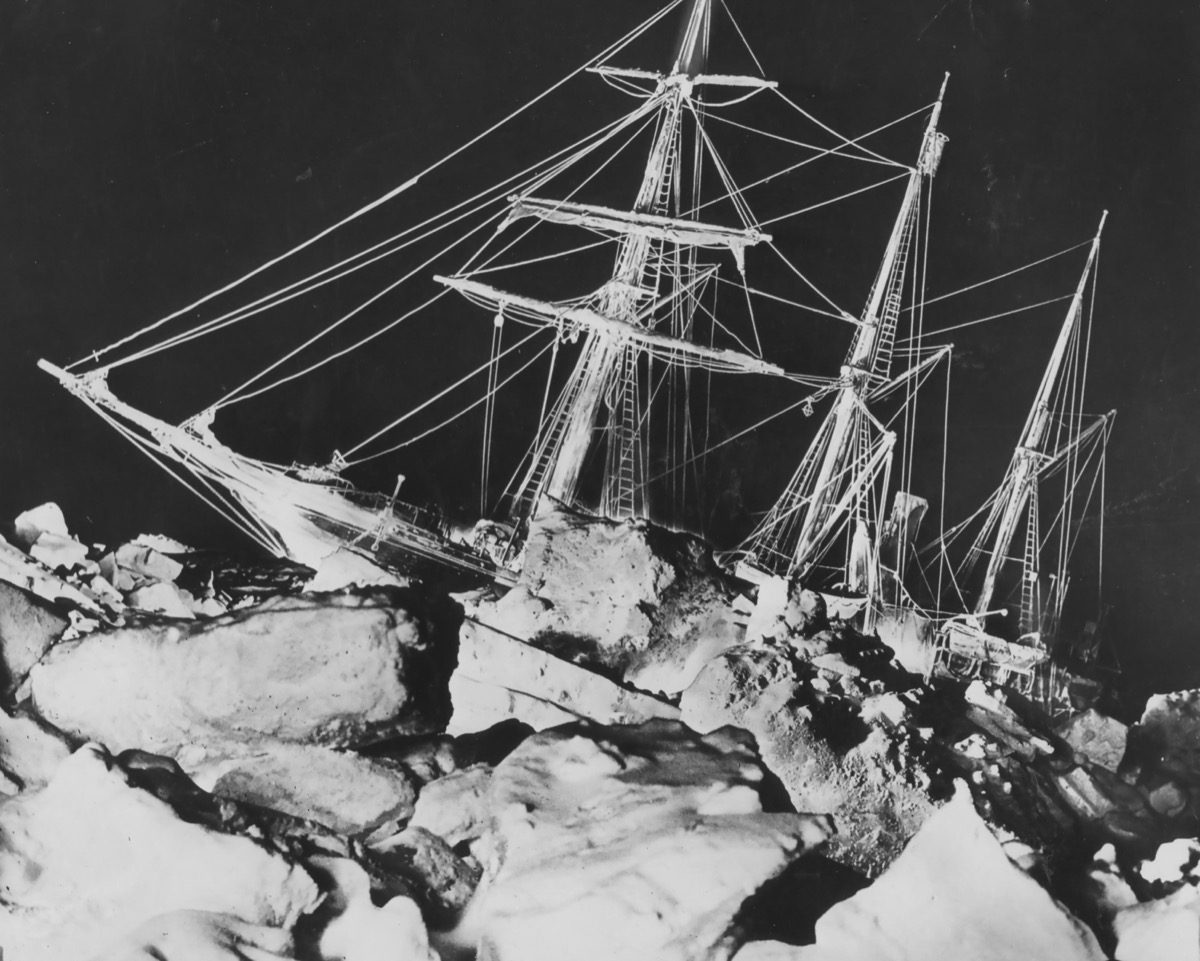
Famous explorer Ernest Shackleton's attempt at an overland crossing of Antarctica came to a tragic end in 1915. In October of that year, his three-masted barquentine, the Endurance, became trapped by dense ice in the Weddell Sea off Antarctica, rendering it immobile. It was eventually crushed by ice and sank in November. The ship's crew was able to escape to safety by floating on ice packs. Attempts have been made to find "Shackleton's lost ship," most recently in February 2019. Unfortunately, the researchers called off the effort in the face of extreme weather. The ship and the history it holds remain lost.
3
The HMS Endeavour (1778)
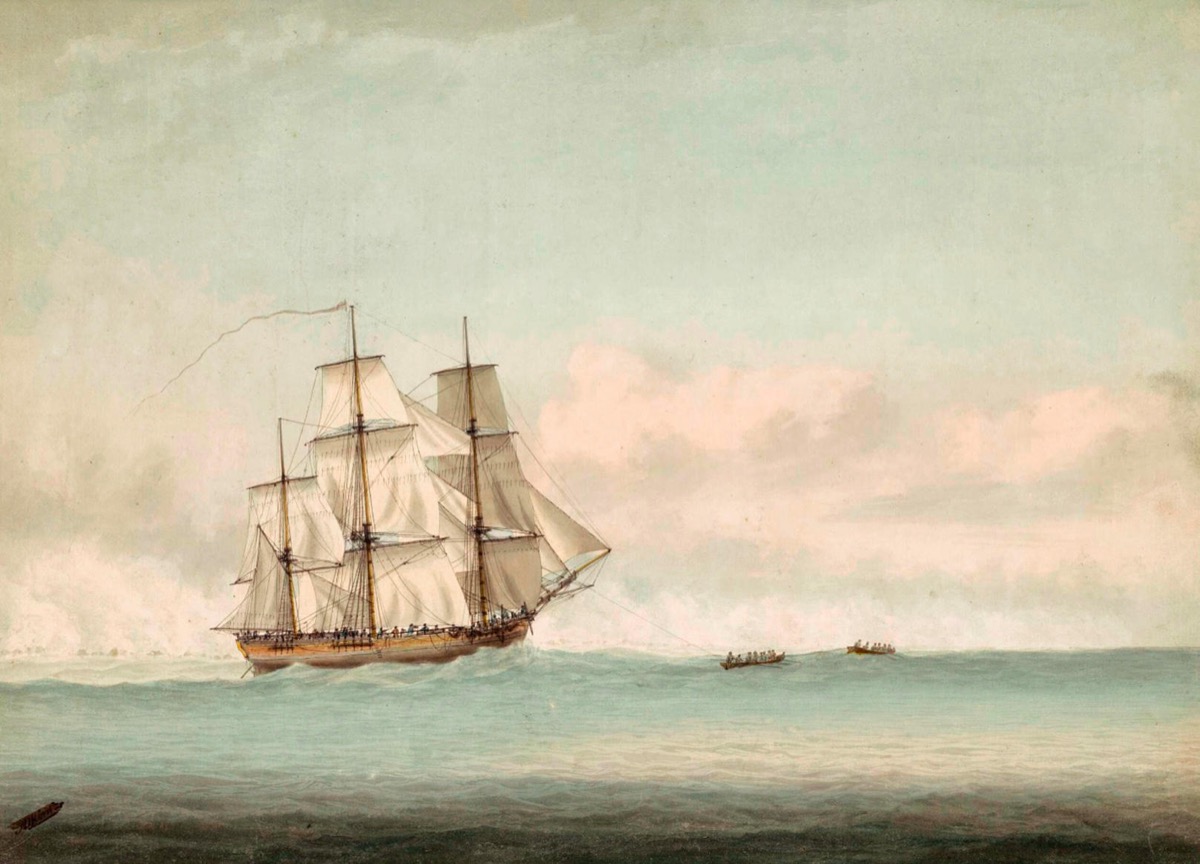
Another ship that's earned fame due more to its captain than its contents, this British Royal Navy research vessel was commanded by none other than James Cook during his first voyage of discovery between 1768 and 1771. But the historic vessel did not go down in a dramatic battle or deadly fight with the elements. It was deliberately sunk by the British along with more than a dozen other ships in 1778 to serve as a blockade against the French in the American Revolution. Attempts have been made to recover the Endeavor's remnants, and while a team has narrowed its search to "one or two sites" in Rhode Island's Narragansett Bay, the exact location remains elusive.
4
Le Griffon (1679)
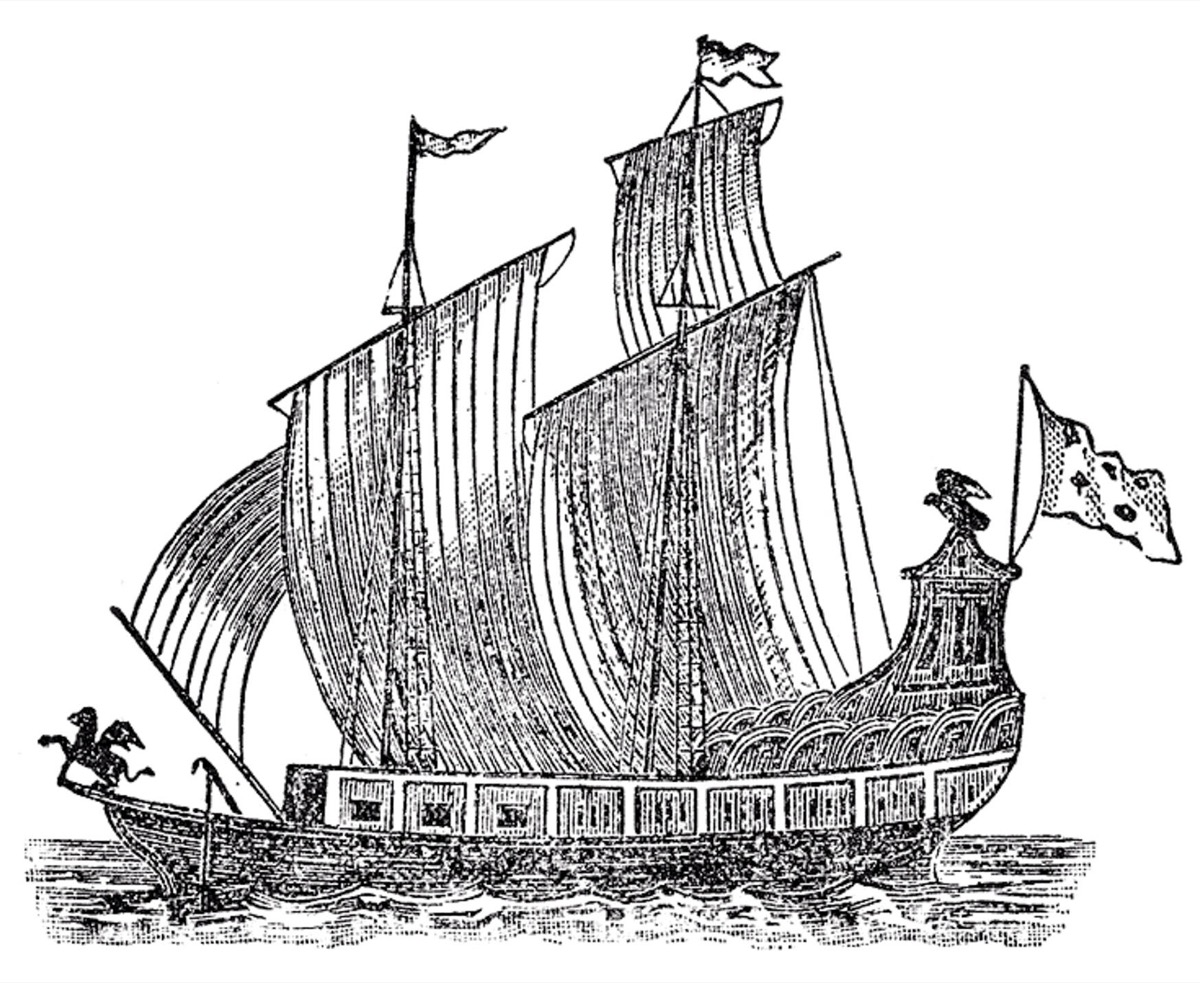
This French sailing vessel was the largest ship to cross the Great Lakes, sailing Lake Erie, Lake Huron, and Lake Michigan in August 1679. It landed on an island in Lake Michigan and traded with the local Native Americans, loading up on animal pelts and setting out from present-day Green Bay. However, Le Griffon never reached its destination, and was lost in an intense storm. Some suspected that the fur traders on board may have been involved with the destruction or that Le Griffon had been attacked by people of the First Nations. Whatever the case, the fur-bearing ship remains "the White Whale for Great Lake shipwreck hunters," according to Atlas Obscura.
5
The Merchant Royal (1641)
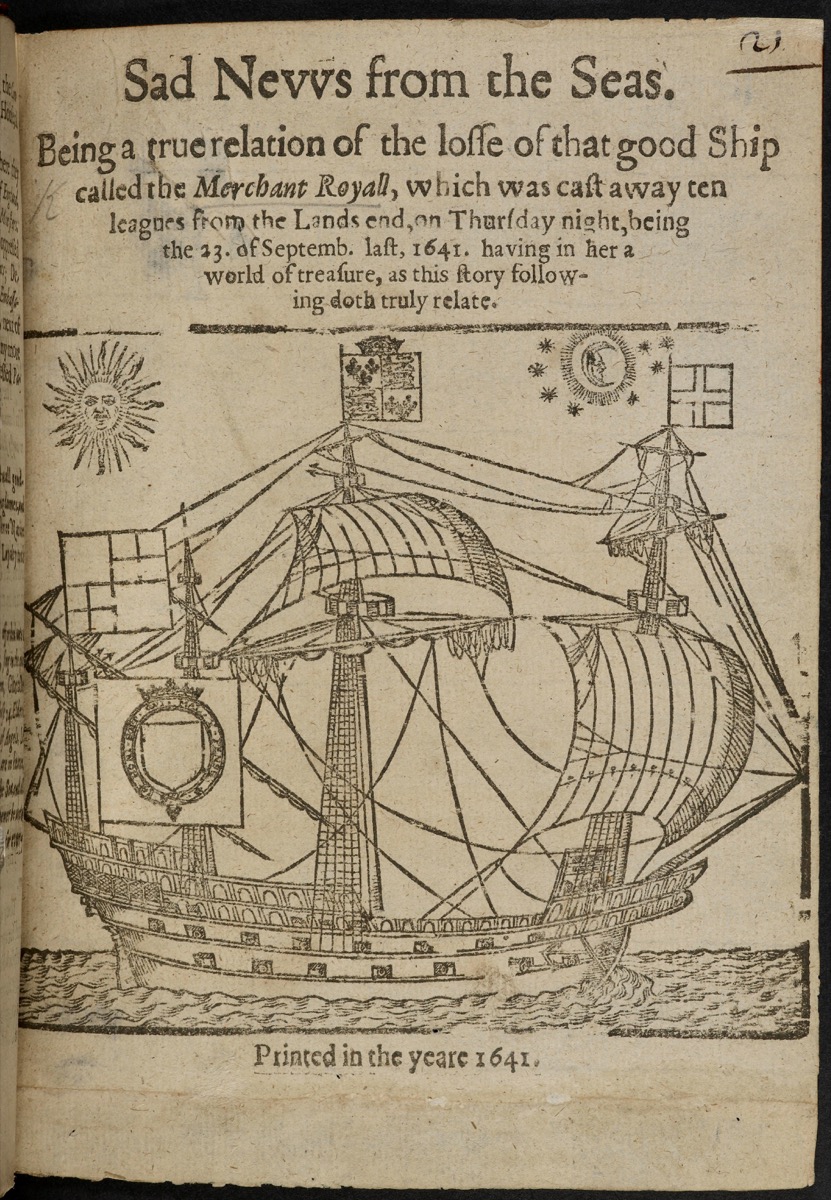
This English merchant ship traded between England and the Spanish colonies in the West Indies during the late 1630s, and was reputed to be carrying 100,000 pounds of gold and plenty of other valuables when it took its final, fateful trip. On its way back to London, the rundown vessel began to leak. On top of that, the ship's captain offered to carry additional cargo from a Spanish ship that had caught fire. The added weight and poor condition of the craft, combined with a spate of bad weather, led its pumps to break down and the whole thing to sink off of Land's End in Cornwall County, England. In 2019, the anchor was found off the coast of the U.K., but the shipwreck—and its estimated $1.5 billion in gold—remains undiscovered.
6
USS Indianapolis (1945)
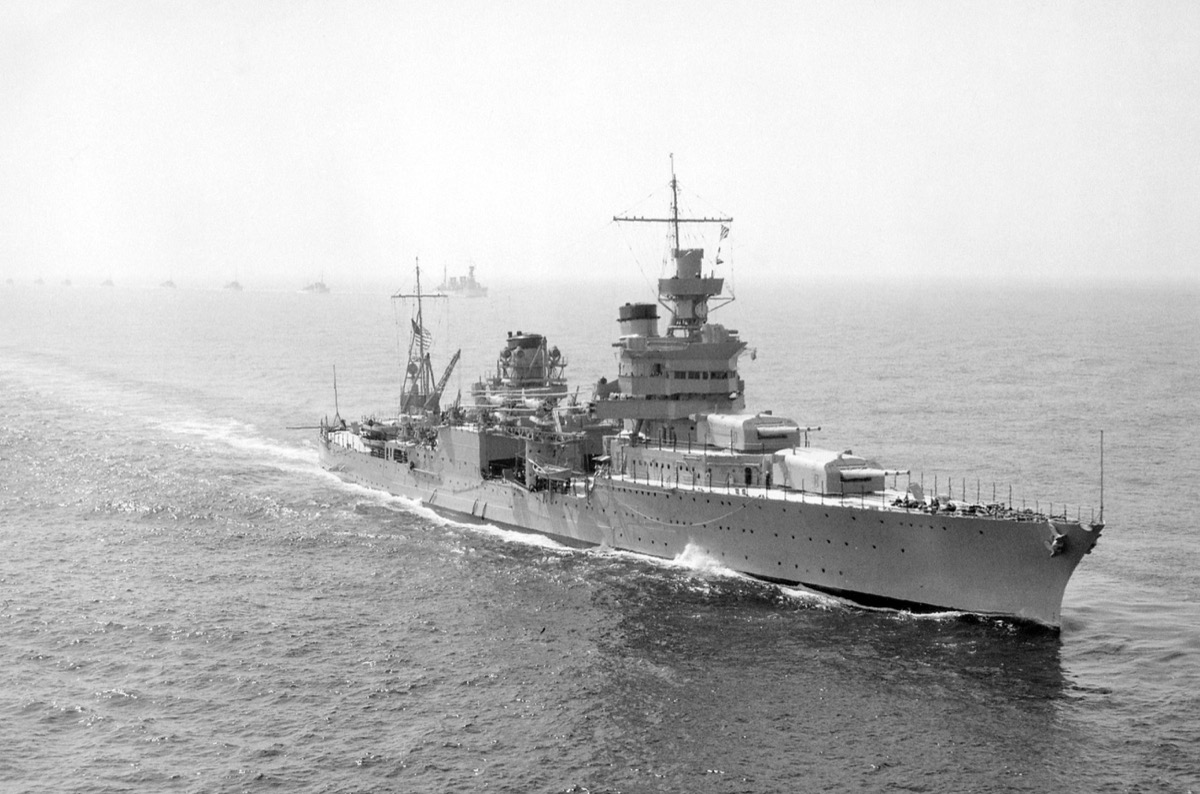
After making a top-secret delivery of the nuclear variety to a U.S. military base in the Northern Mariana Islands during World War II, this heavy cruiser was torpedoed by a Japanese submarine and sunk in 12 minutes. While about 900 of the crew survived the immediate attack, they were left stranded in shark-infested waters. It took days before they were found and rescued by Navy planes, with just 317 men left. It would be known as the worst American naval disaster of World War II; the ship itself has never been recovered.
7
The Wasp (1814)
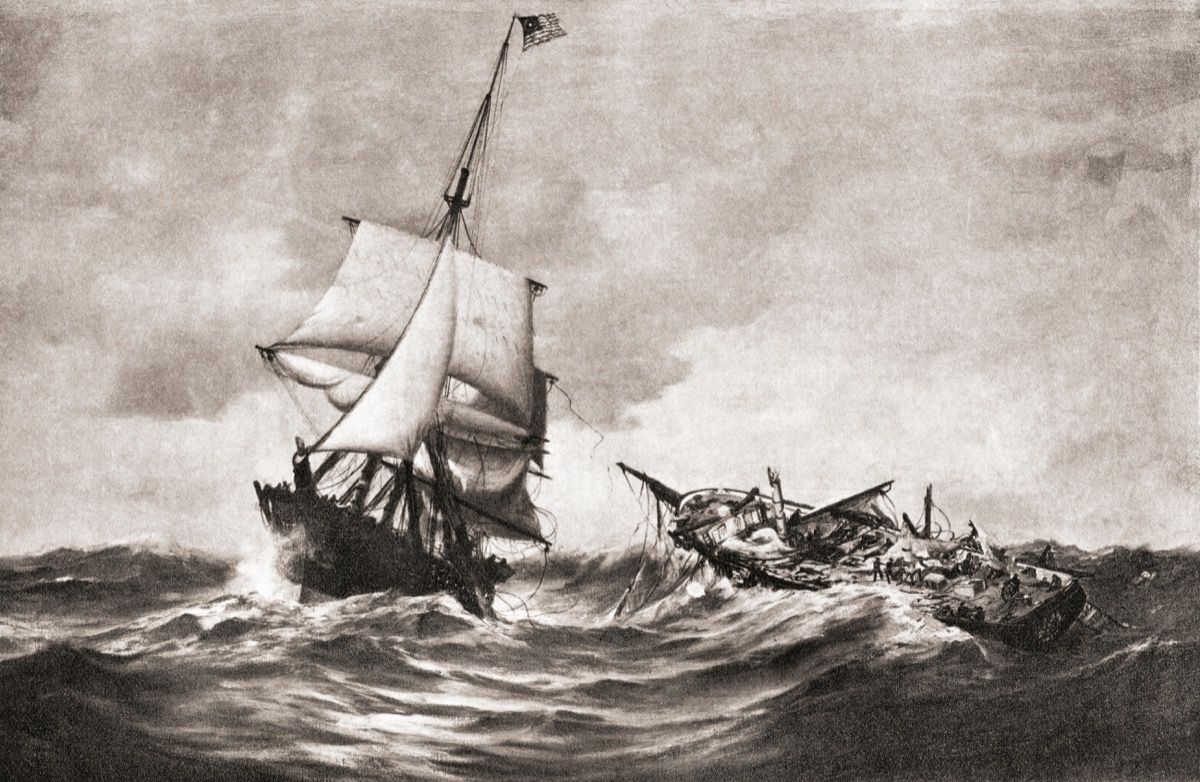
This sloop-of-war was the fifth Wasp in U.S. naval history and was dedicated to taking down British ships during the War of 1812. But in October 1814, on its way to the Caribbean, it disappeared without a trace. Though the Wasp didn't carry the opulent treasures of many other ships on this list, it did have 173 crew members aboard, none of whom lived to tell the tale of what happened.
8
The Flor de la Mar (1511)
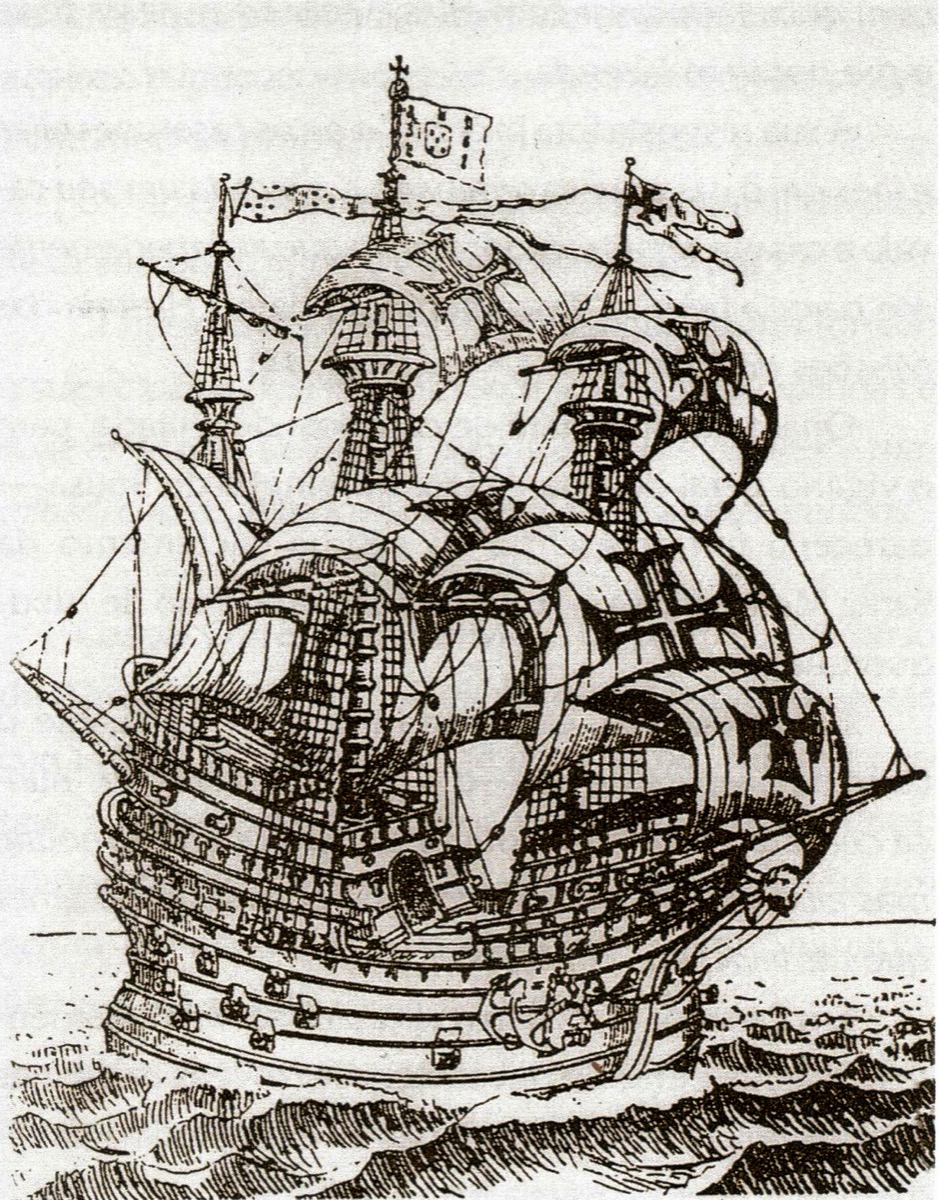
This 400-ton, 16th-century Portuguese sailing ship had an impressive nine-year career, making numerous trips through the Indian Ocean. However, it also had a history of springing leaks and needing repairs. When it was sent out to support the Portuguese conquest of the Malay Sultanate of Malacca, it had been deemed unsafe—but the conquerors needed every ship they could get. On its return voyage in late 1511, the "Flower of the Sea" was caught in a storm off Timia Point in the Kingdom of Aru, Sumatra. General Afonso de Albuquerque and a number of his men survived the wreck, but there were many casualties, including the ship itself, which has yet to be found—and an alleged $2.6 billion in treasure, according to The Daily Beast.
9
The SS Waratah (1909)
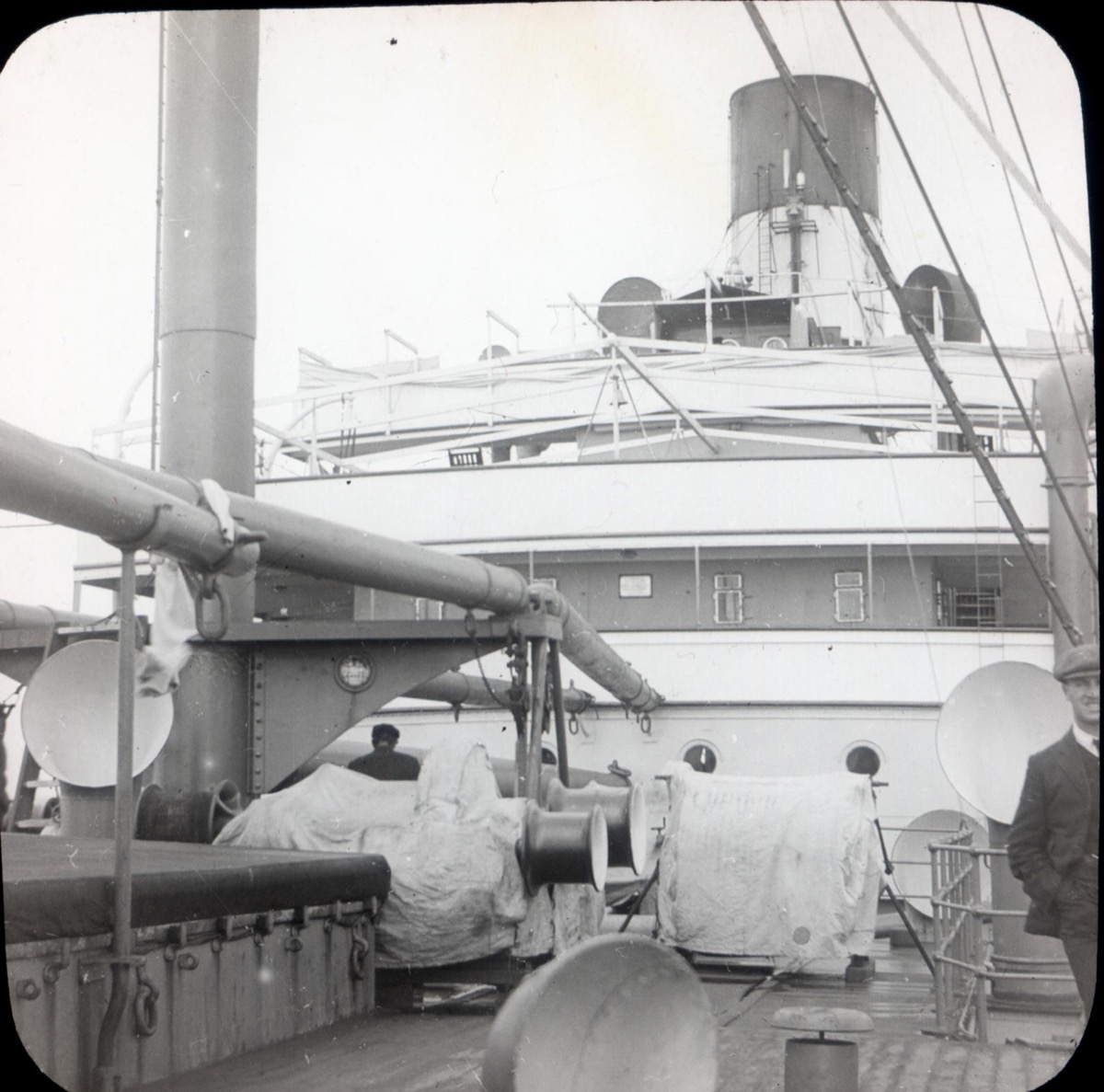
Nicknamed "Australia's Titanic," this 500-foot steamship vanished in July 1909 as it was making its way from Durban, South Africa to Cape Town, carrying 211 passengers and crew. It had been launched less than a year earlier and had plenty of opulent accommodations, including 100 first-class cabins, a luxurious music lounge, and delicious eats. The final sighting of the SS Waratah was believed to have occurred on July 28, 1909, during a violent storm. Nothing more was heard from the ship again.
10
The Bonhomme Richard (1779)
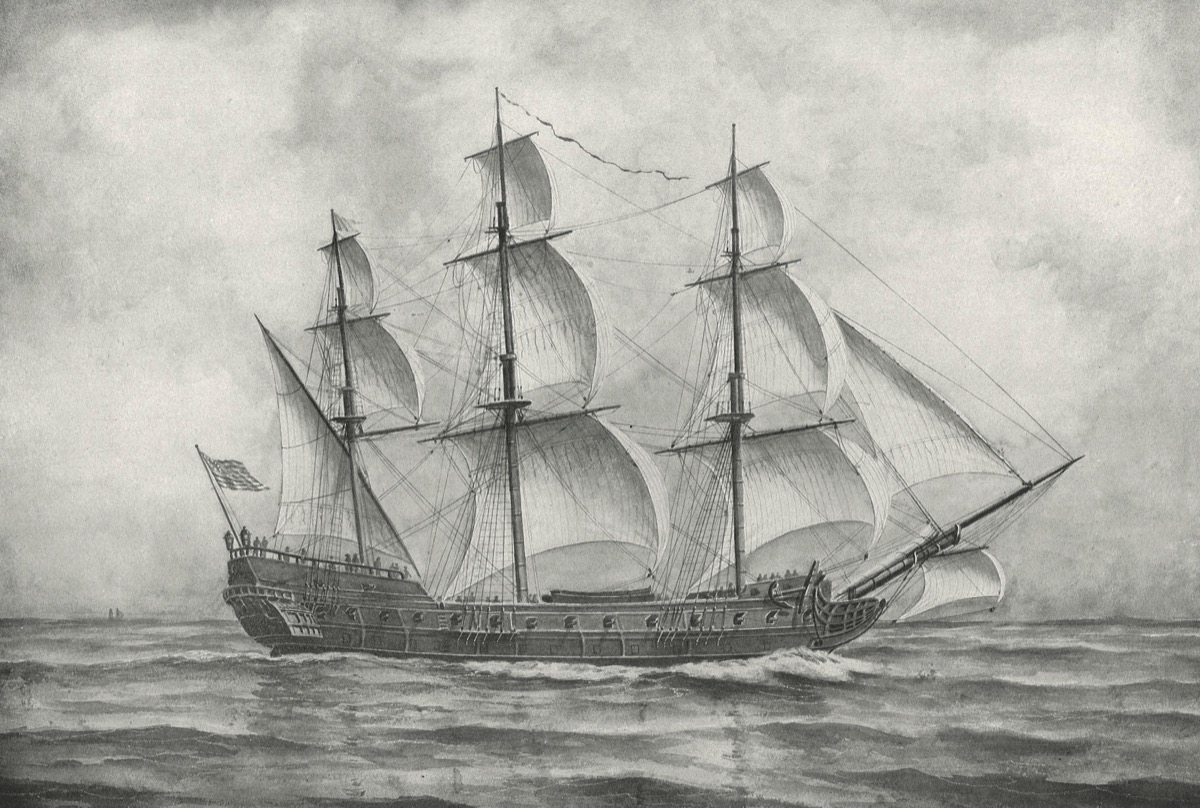
This Continental Navy ship served the American Patriot cause well, reportedly capturing 16 British merchant ships in the first weeks it was put to use under Captain John Paul Jones. But during the brutal Battle of Flamborough Head in late September 1779, it was hammered by the better-armed British ship HMS Serapis. Despite Jones' perseverance—he allegedly said, "Sir, I have not yet begun to fight!"—the ship sank. The Bonhomme Richard and its artifacts haven't been seen since (despite occasional glimmers of hope).
11
Las Cinco Chagas (1594)
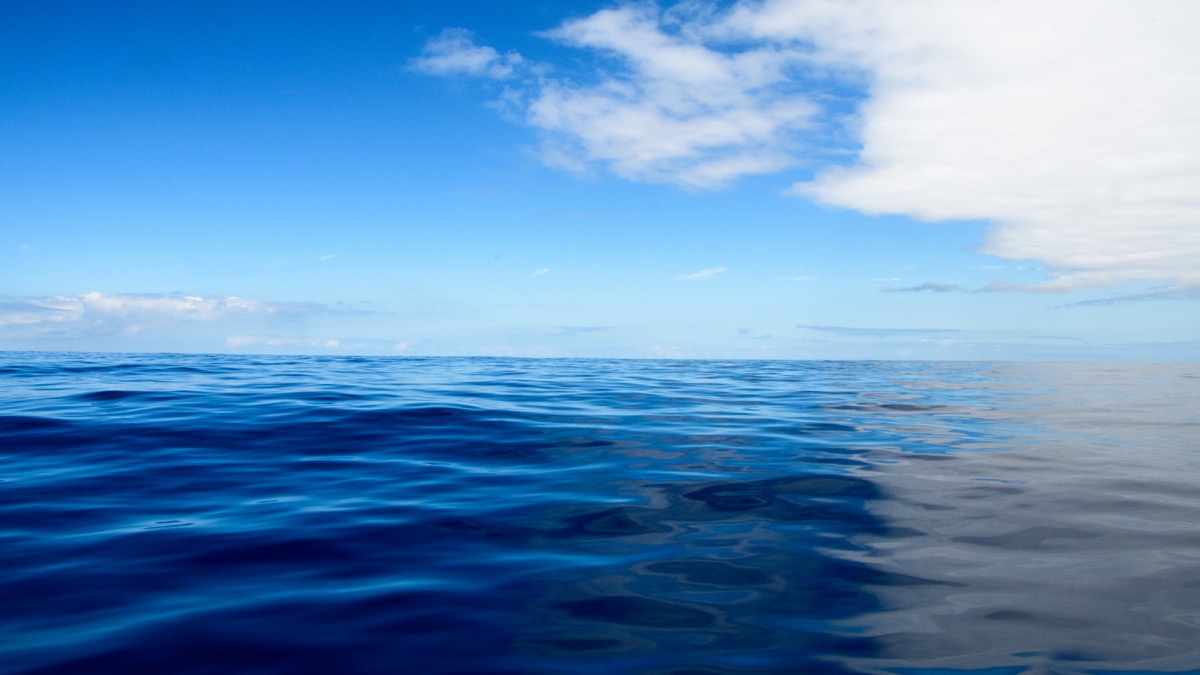
In 1594, this Portuguese carrack was nearing the end of a long trip from India to Portugal, carrying more than 1,100 people. Under the command of Francisco de Mello, the ship was allegedly loaded with "precious stones and all the best of India," having taken on the cargo from two other ships that had been lost in battle. According to reports, the Chagas was carrying 22 chests of treasure—including diamonds, rubies, and pearls—estimated today to be worth some $1 billion. But as it approached Portugal, the Chagas was attacked by British privateer ships and bombarded nonstop for two days. Finally, it caught fire, and on July 13, 1594, it sank.
12
USS Cyclops (1918)
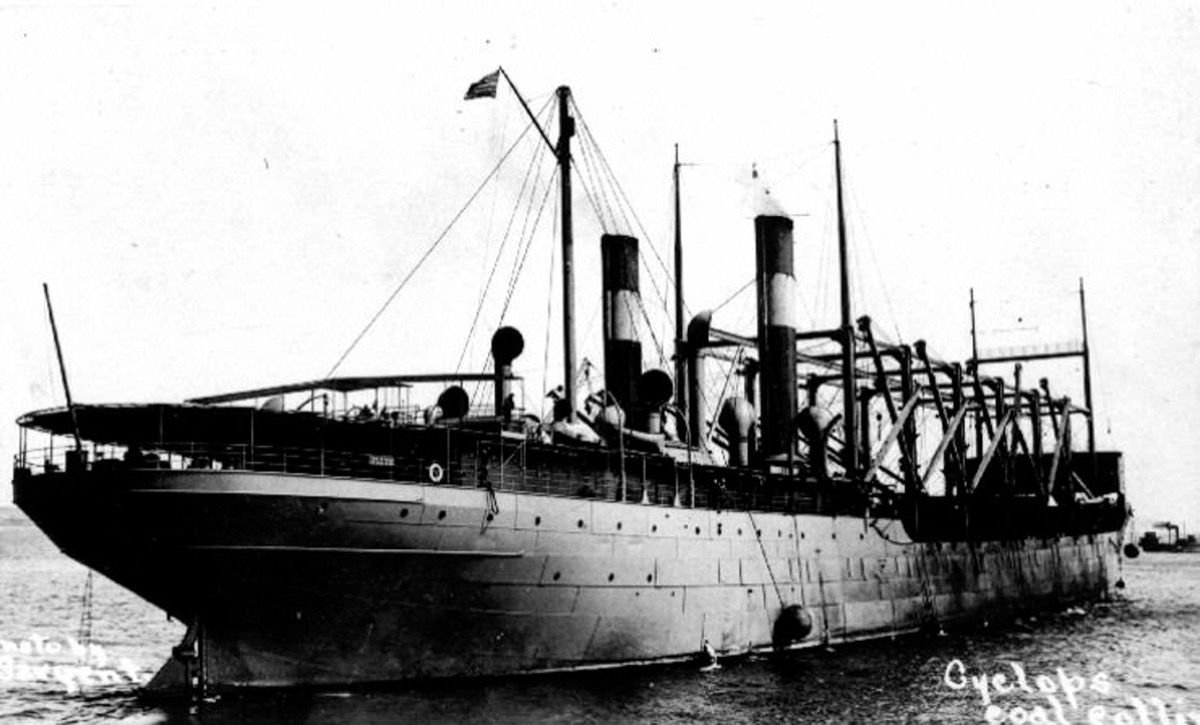
This U.S. Navy ship was one of the more famous victims of the notorious Bermuda Triangle. First launched in May 1910, it was commissioned for World War I, serving along the East Coast of the United States until it was assigned to the Naval Overseas Transportation Service in January 1918. On its way to Baltimore after leaving Rio de Janeiro, the ship disappeared. Little was known about what could have caused the disappearance, but it was believed to have been overloaded, with 11,000 tons of manganese as well as 306 crew members. Some theorize it may have been a German submarine or drunk captain who was to blame. For now, no evidence has surfaced to help solve the mystery. And for more real-life tales that have no endings, check out The 30 Most Fascinating Unsolved Mysteries in America.
To discover more amazing secrets about living your best life, click here to follow us on Instagram!

